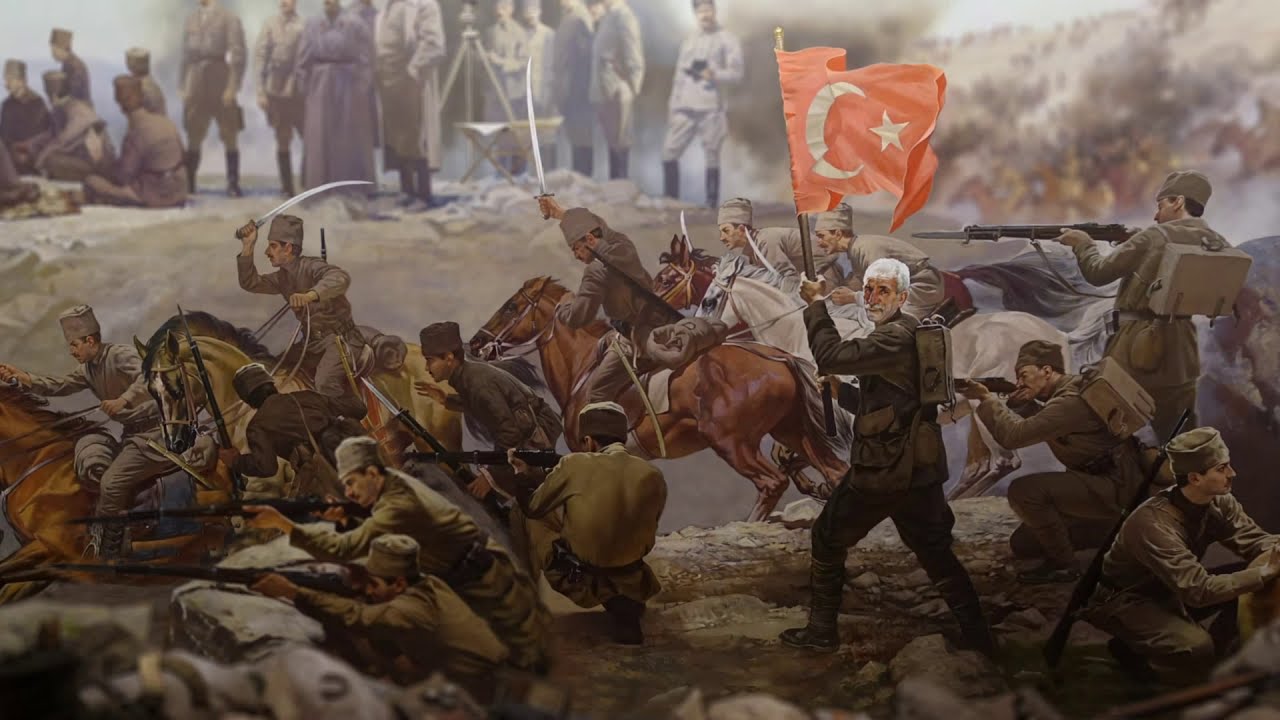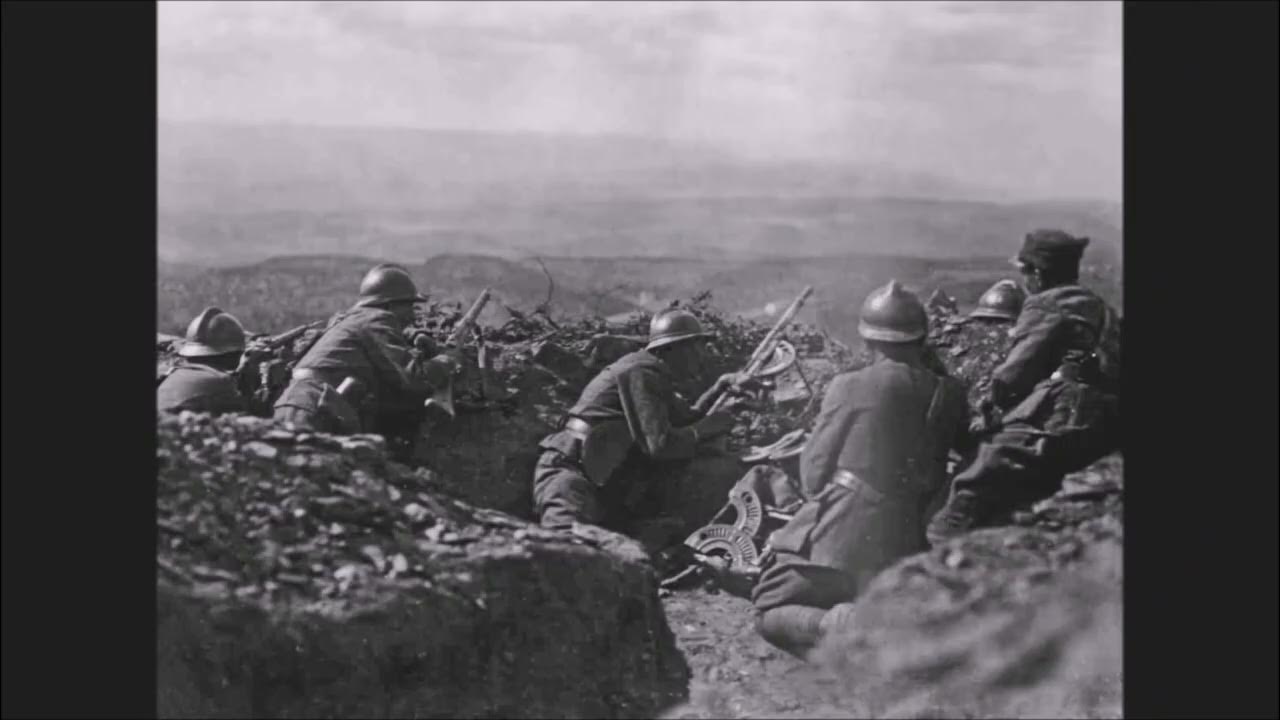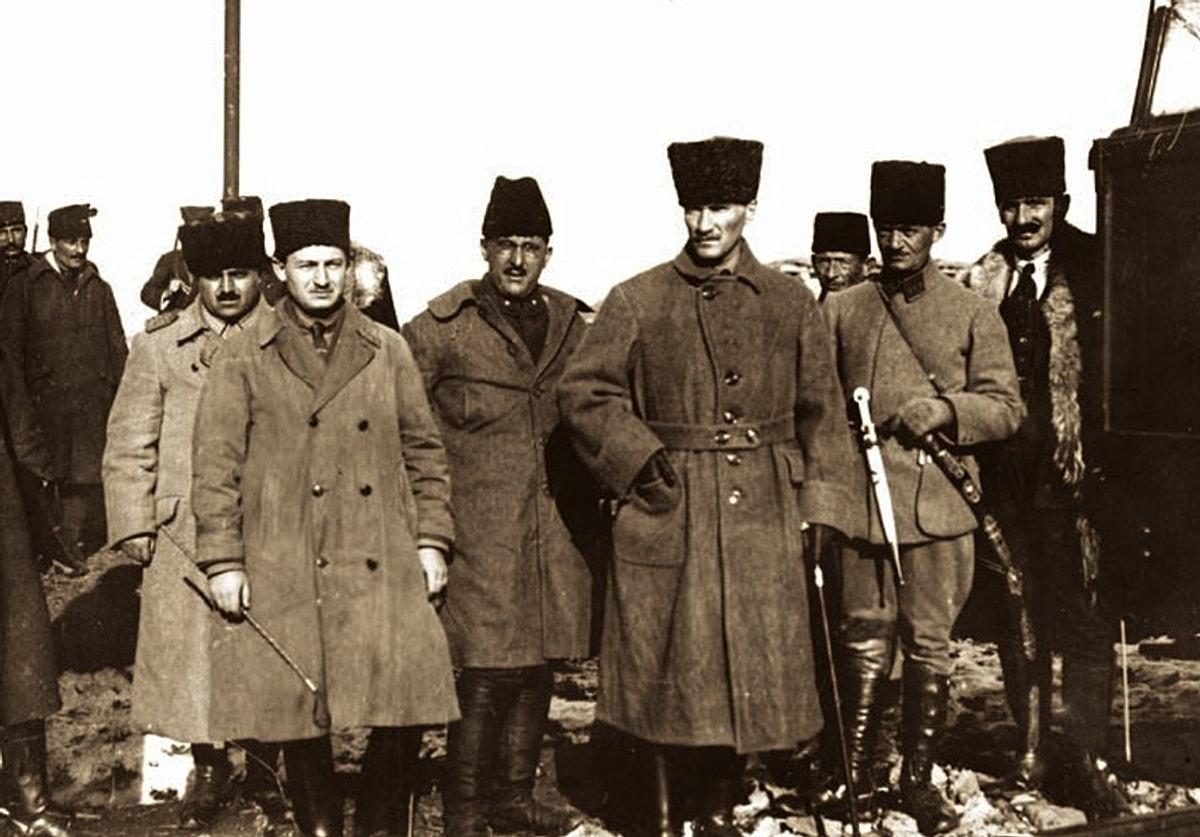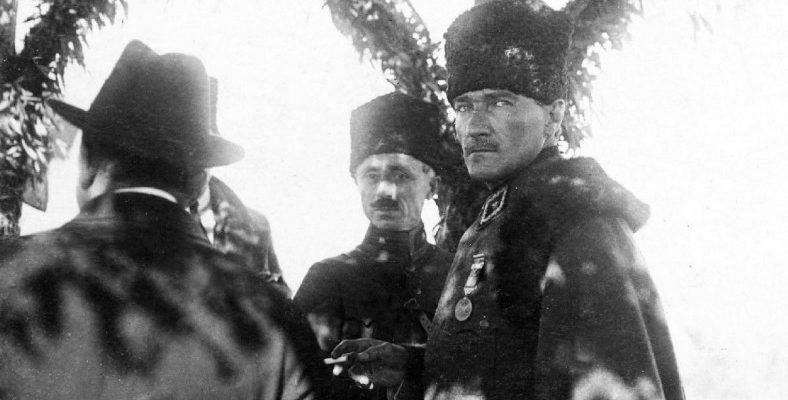In the Great Offensive, which we can call the most important and critical battle of the War of Independence, the Turks ended the Greek occupation and showed the independence of the Republic of Turkey to the whole world. So when did the Great Offensive begin, which treaty was signed afterwards and what were its consequences? Let’s examine it together.
Turks gained tactical and strategic superiority over the Greeks during the War of Independence Major assault or by its other name Battle of Dumlupınar It happened thanks to. It took its place in history books as an important turning point and a critical war move for Turkish history. Major assault Foundation of the Republic of Türkiye It is of great importance for. The Great Offensive was recorded as the last and largest attack against the Greek forces in Anatolia. It is an important battle that replaced the Armistice of Mudros with Mudanya and the Treaty of Sevres with Lausanne.
Thanks to the Great Offensive, the longest peace period in Turkish history took place. This battle is, of course, the turning point of the War of Independence. Starting on August 26, 1922, the Turkish army under the command of Mustafa Kemal Atatürk changed the course of the war by attacking the Greek occupation forces. The attack took place in western Turkey, primarily in Afyonkarahisar, Kütahya, Eskişehir and İzmir regions. The Turkish struggle for independence ended with victory, and the strategic planning and military success of the Turkish army came to the fore.
Situation before the Great Offensive: Turning point in the War of Independence
The national struggle movement that started with Mustafa Kemal Atatürk’s arrival in Samsun on May 19, 1919. Erzurum and Sivas Congresses It gained momentum with. National consciousness was created in these congresses and played an important role in determining the organization of the struggle. In this process, Ankara became the center of the national struggle, the Turkish Grand National Assembly (Turkish Grand National Assembly) was opened and the Turkish people’s decision for independence was announced to the whole world.
The Turkish army was generally on the defensive until the Battle of Sakarya. The success in the Battle of Sakarya raised the morale of the Turks and created hope for them to launch an attack. With this victory, Western powers changed their perspective on the War of Independence. Mustafa Kemal Atatürk and the commanders determined strategies to address the weaknesses of the Greek forces. The Turkish army was restructured, weapons and ammunition stocks were increased and communication channels were strengthened. With the operation it launched, the Turkish army aimed to break through enemy lines and push back the Greek forces.
Commander-in-Chief Mustafa Kemal Pasha expressed the beginning of the Great Offensive in the Parliament as follows:

“Before the Great Offensive, the Turkish army on the Western Front was organized into two armies and completed the preparations for the attack together with other forces. The First Army gathered against the enemy positions between Akarçay to the east of Afyonkarahisar and Dumlupınar to the west and took on the task of defeating the enemy and pushing them to the north. The Second Army will attack the enemy on the front from Akarçay to Porsuk to the north and Sakarya to the north.”

“The enemy’s three factions in Eskişehir and two factions in the east of Afyonkarahisar, a total of eight factions, would oppose themselves. Our forces in the Kocaeli region would attack the enemy forces in front of them and prevent these forces from going south. One of them would be the cavalry squad in the Menderes region. We had forces such as: These would attack the enemy in front of them from south to north and prevent those forces from reaching the final battle point and at the same time cut off the enemy’s transportation routes to Izmir. All precautions and arrangements were made on these basic points and although the preparations were completed, 26 The attack started on August.”
The beginning of the Great Offensive, which had an important role in the history of the Turks: In which province did the Great Offensive begin?

The Great Offensive started on the Afyonkarahisar front on the morning of 26 August 1922, under the leadership of Mustafa Kemal Atatürk. of strategic importance In Afyon, Kütahya and Eskişehir regions The Great Offensive was one of the places where the Greeks were strongest. The successful advancement of the Turkish army in these regions caused the enemy to retreat.
The course of the War of Independence was completely changed by the Great Offensive, causing not only military success but also an increase in morale and motivation in the Turkish nation’s struggle for independence and freedom. With this battle, the Turkish army national unity and solidarity has proven its importance to the whole world. .
The Great Offensive had significant impacts on Turkish history and international relations.

- Military Results:
- The Greek forces were defeated and could not regroup for a long time. It is estimated that 120 thousand to 130 thousand of the army of 200 thousand people were killed, wounded and captured. There are 2318 martyrs, 9360 wounded, 101 prisoners and 1697 missing people in the Turkish army. With this victory, enemy forces were cleared from Turkish lands. With this victoryAnatolia cannot be invaded” idea has been proven to the whole world. Mustafa Kemal Atatürk said “to the whole world with the Battle of Sakarya and the Great Offensive”all out war” he showed an example.
- Social Consequences:
- With the Great Offensive, it was proven to the whole world that the Turkish nation could not be taken prisoner. It has been shown that the Turks can create an organizational, state-building army from nothing. The cornerstone of the Turkish revolution and modern Turkey was determined by this victory.
- Political Consequences:
- The Treaty of Sevres was annulled during the war with the power of the Turkish nation and the Treaty of Lausanne was signed. The geographical goals of the National Pact were achieved. With this victory, the longest period of peace in the 4000-year Turkish history was entered.
The Great Offensive aimed to remove the Greek occupation from Anatolia. The liberation of Anatolia from occupation was a turning point in the struggle for independence. This victory laid the groundwork for the international recognition of the Republic of Turkey and the signing of the Lausanne Peace Treaty, and played an important role in laying the foundations of modern Turkey.
Which treaty was signed as a result of the Great Offensive?

As a result of the Great Offensive, the Mudanya Armistice Agreement was signed against the occupying powers on October 11, 1922. With this treaty, the Ottoman Empire legally ended. With the Mudanya Armistice Agreement Management of Istanbul, the Straits and Eastern Thrace It was left to the Turkish Grand National Assembly. The Ottoman Empire, whose political sovereignty was limited by the Armistice of Mudros, was replaced by the new Turkish state. Domination of the Turkish state It was consolidated with the Mudanya Armistice Agreement.
With the success of the Great Offensive, the Great Leader Mustafa Kemal Atatürk, his military leadership skills has proven to the whole world. This victory has become a symbol of the Turkish nation’s determination and sacrifice in their struggle for sovereignty and independence.
If you would like to take a look at similar content:
RELATED NEWS
When you read this information about the abolition of the sultanate, you will better understand how appropriate a decision Atatürk made.
RELATED NEWS
The Treaty of Sevres, Prepared to Disintegrate the Ottoman Empire and Erase the Turks from the Stage of History: You Will Get Chills When You Remember Its Articles!
RELATED NEWS
